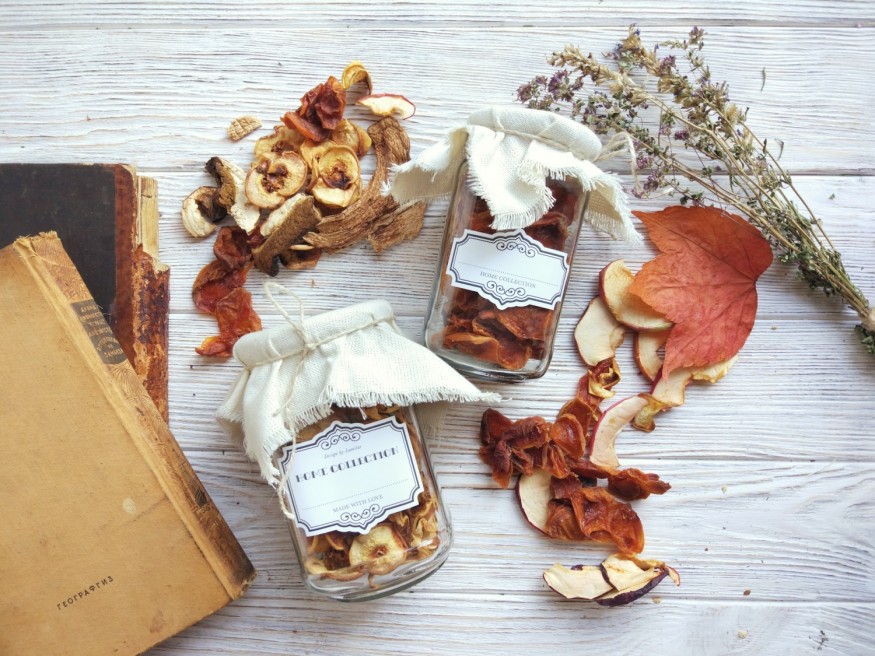
Food preservation is essential to maintain the freshness of perishable items, ensure food safety, and prevent waste. There are several techniques that have been developed over the centuries to achieve these goals. Following the right food preservation techniques is essential to ensure the quality served matches restaurant standards, even when you preserve food at home. Adhering to these standards will help maintain the cleanliness and freshness of the food we consume. This guide explores the most effective and safe food preservation techniques for different types of food. So, let's get started!
Drying: A Time-Tested Technique
Drying is one of the oldest food preservation techniques, relying on the removal of moisture to reduce spoilage. It leaves foods shelf-stable and is easy to do at home. Commonly dried foods include fruits, herbs, and meats. Some popular methods of drying include sun-drying, air-drying, and the use of dehydrator machines.
Drying times can vary depending on the method used, the food, and the environment. To ensure safety and maximum quality, be sure to follow the proper guidelines for your chosen method.
Canning: Locking in Freshness
Canning is a method of preserving food by sealing it in airtight containers, usually jars or cans, to protect it from bacteria and spoilage. The two main types of canning are water bath canning, which is suitable for high-acid foods like fruits, pickles, and jams, and pressure canning, which is necessary for low-acid foods like vegetables, meats, and poultry.
The choice between the two depends on the acid level of the food being preserved, as each method offers different levels of heat and pressure to kill bacteria. Always follow proper food safety guidelines and recipes when canning.
Freezing: Chilling out Spoilage
Freezing is a common method of food preservation that slows down the growth of microorganisms and enzyme activity, extending the shelf life of various foods. Properly freezing food requires low temperatures (0°F or below), airtight packaging to avoid freezer burn, and proper labeling and dating for inventory purposes.
Remember, though freezing preserves the safety and quality of foods, freezing times may vary based on the product. Always consult guides for optimal storage times.
Fermentation: Good Bacteria to the Rescue
Fermentation is a chemical process carried out by beneficial bacteria or yeast, transforming food and beverages into new, delicious flavors while extending their shelf life. Examples of fermented foods include yogurt, sauerkraut, kimchi, kombucha, and pickles.
Fermentation not only preserves food but can also enhance its nutritional value and introduce beneficial probiotics for gut health. Just remember to follow strict hygiene practices when fermenting foods at home to avoid harmful microorganisms.
Salt and Sugar Curing: The Power of Crystals
Salting and sugaring are ancient methods of preservation that rely on the principle of osmosis to remove moisture from food. They have been used to preserve fish, meats, and fruits. Types of curing include dry curing, which entails rubbing salt or sugar directly onto the food, and wet curing, which involves creating a brine solution.
Both salt and sugar curing methods add succulent texture and flavor to the preserved foods, but you should always ensure you're using the correct concentrations for safety and the best taste.
Vacuum Sealing: Squeezing out Air and Microbes
Vacuum sealing is a modern technique that removes air from packaging, creating a barrier against spoilage and extending food shelf life. It can be used for a wide array of food items, like meats, vegetables, fruits, and even liquids. Be sure to handle vacuum-sealed foods carefully to avoid puncturing the bags and compromising the seal's integrity.
Smoking: Harnessing the Power of Fire
Smoking is an ancient method of food preservation that uses wood smoke to dehydrate and impart flavor to foods, primarily meats, and fish. It offers an enticing flavor while discouraging the growth of bacteria. The two types of smoking methods are cold smoking, which is suited for items such as cheese, fish, and sausages, and hot smoking, which is appropriate for meats like pork and poultry Remember to follow guidelines regarding food safety and temperature when using smoking to preserve food.
Oil Preservation: An Immersive Approach
Oil preservation is a unique technique that involves submerging food items in oil, thus removing the air necessary for the growth of aerobic bacteria. Common foods preserved in oil include sundried tomatoes, garlic, anchovies, and feta cheese.
When preserving food in oil, always ensure the use of sanitized containers and high-quality oil, and store the food in a cool, dark area to prevent spoilage.
Refrigeration: A Staple of Modern Life
Refrigeration is a widely used method of food preservation in today's world. By keeping foods at low temperatures (32-40°F), the growth of microorganisms and enzymatic activity is slowed down, making perishable items last longer. To maintain food safety and quality, follow guidelines for proper refrigerator temperature, organization, and cleaning.
Conclusion
Food preservation is crucial to maintain quality, prolong freshness, and prevent waste. With numerous techniques available, there is a suitable method for almost every type of food. Remember, following proper guidelines and safety measures will lead to the most enjoyable and safe food preservation experiences. Happy preserving!












